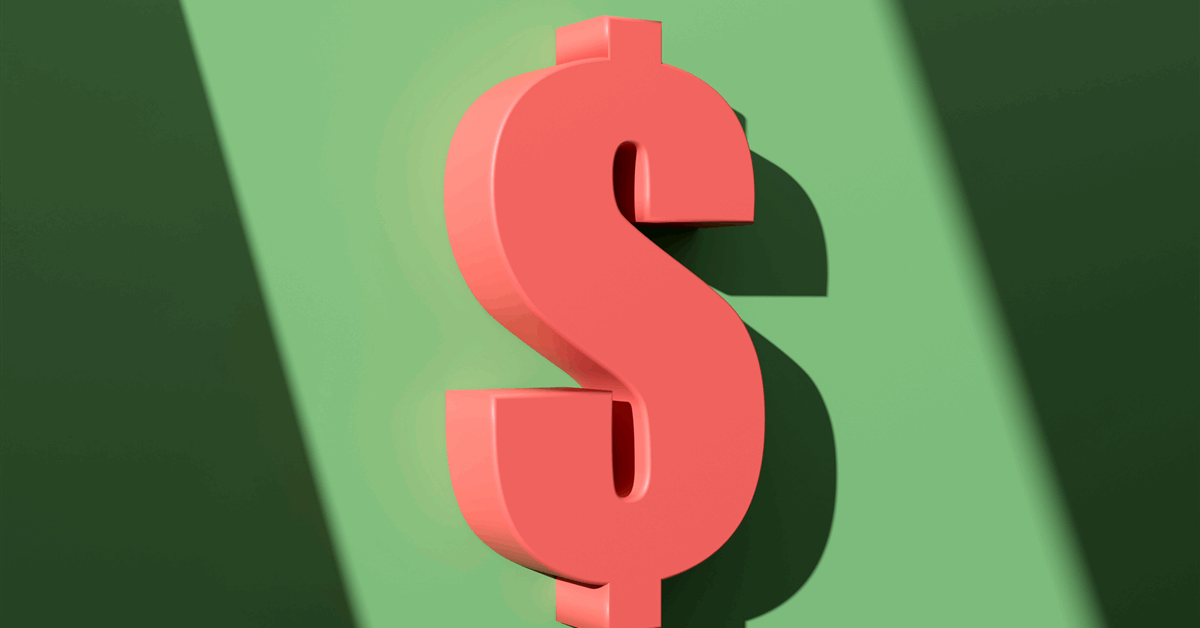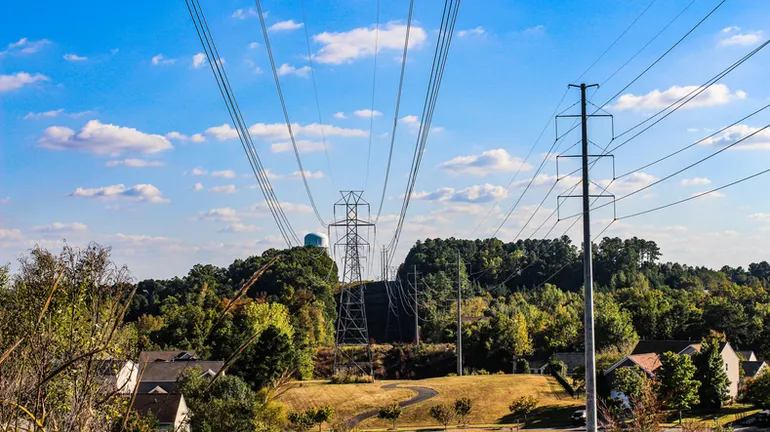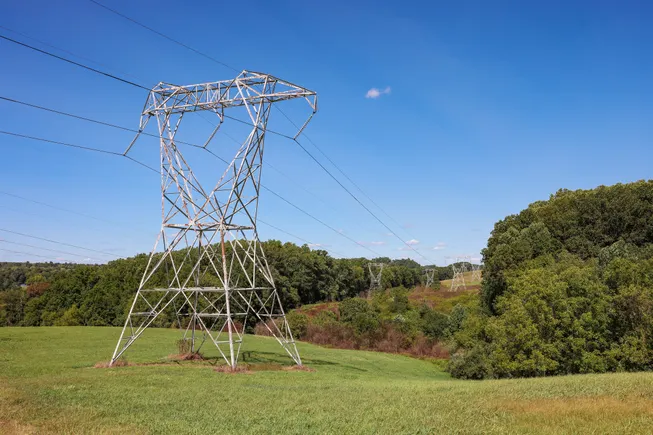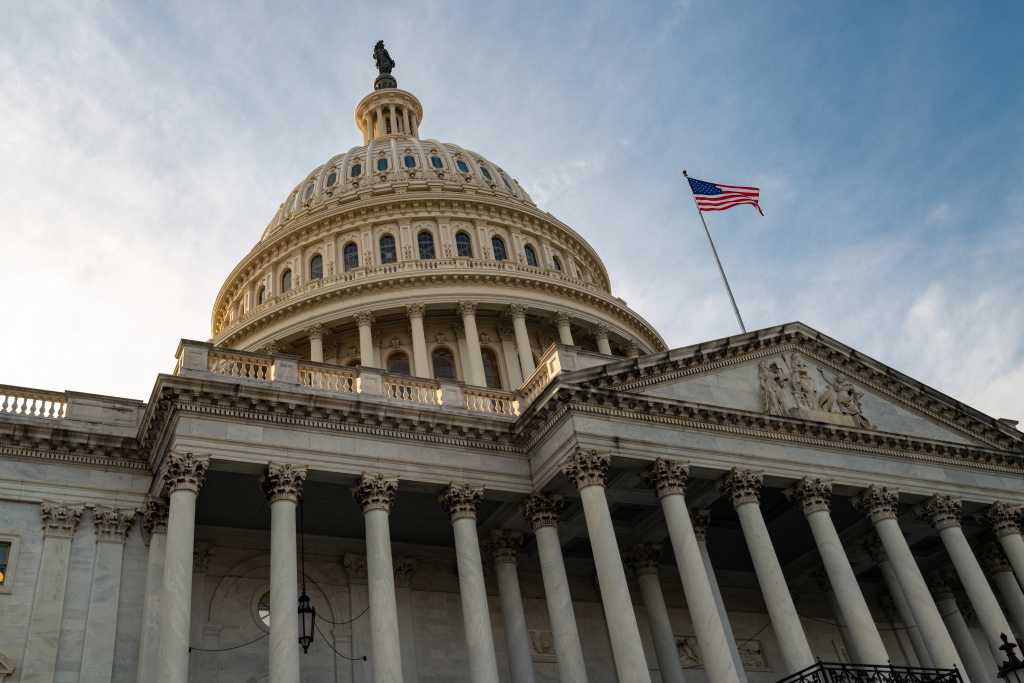
Russia’s federal budget deficit surged in April as declining oil revenue and rising military spending continue to strain government finances.
The monthly shortfall reached 1.05 trillion rubles ($13 billion) after being in surplus a month earlier, according to Bloomberg calculations based on data from the Finance Ministry. That brings the cumulative deficit for the first four months of the year to 3.2 trillion rubles – nearly triple the level recorded over the same period in 2024.
Oil and gas revenue, the backbone of Russia’s state finances, dropped by 12 percent in April from a year earlier, the third consecutive monthly decline.
Russia depends on proceeds from energy sales for 30 percent of the state’s income. The widening deficit underscores the budget challenges the Kremlin will face if oil prices remain lower for longer amid record levels of spending on the military for the war on Ukraine.
Non-oil revenue provided a partial cushion, growing 23 percent year-on-year in April. The Finance Ministry said that category of revenue is expected to “significantly” exceed annual targets, with the windfall already factored into recent revisions of the federal budget.
Still, the ministry warned of “substantial risks” to oil and gas income. The revised fiscal plan anticipates the budget deficit will triple compared to the original forecast, largely due to the weaker outlook for proceeds from energy exports.
For the first four months of the year, oil and gas revenues declined by 10 percent compared to the same period in 2024 to 3.7 trillion rubles, while expenditures surged by 21 percent to 15.5 trillion rubles.
The benchmark Brent crude has so far in May been trading near its lowest since early 2021 as US President Donald Trump’s tariff war threatens to derail global economic growth and undercut energy demand.
The worsening oil market has triggered concern in Moscow over the sustainability of its fiscal buffers. Authorities are considering revisions to the country’s so-called budget rule, which currently allocates excess oil revenue – the amount earned when Russia’s main export blend, Urals crude, trades above $60 per barrel – to the National Wellbeing Fund.
With Urals crude trading below that threshold in recent months, the government was forced to tap the fund in March to cover the gap. Worried that reserves could deplete quickly if current trends persist, officials have discussed lowering the threshold benchmark oil price at which it initiates transfers.
Russia had originally projected an additional 1.8 trillion rubles in oil and gas revenue would be funneled into the wellbeing fund this year. Instead, the government now expects a shortfall of 447 billion rubles, raising the prospect officials will further draw down reserves in the months ahead.
WHAT DO YOU THINK?
Generated by readers, the comments included herein do not reflect the views and opinions of Rigzone. All comments are subject to editorial review. Off-topic, inappropriate or insulting comments will be removed.
MORE FROM THIS AUTHOR
Bloomberg






















